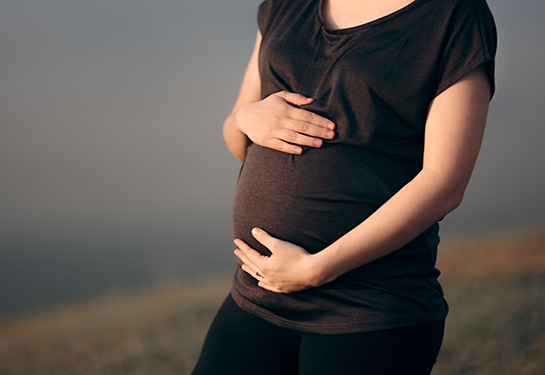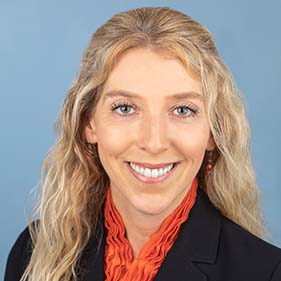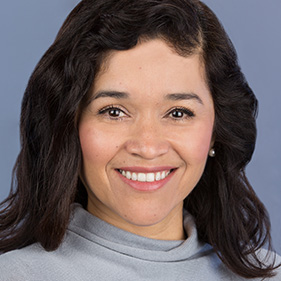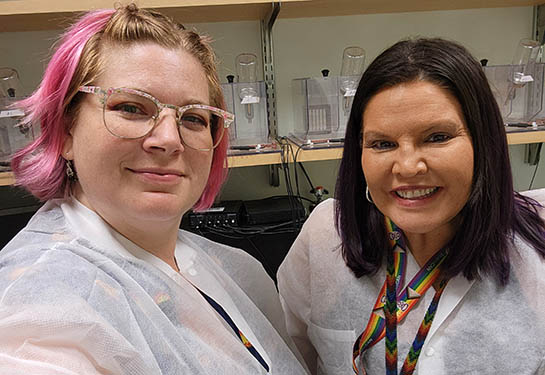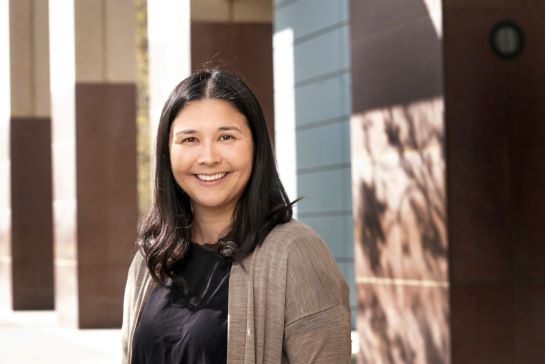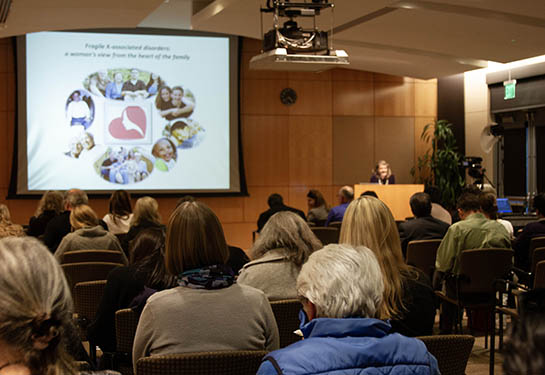How does wildfire smoke impact pregnancy and children?
Researchers awarded $1.35 million EPA grant to study impact of wildfire smoke on pregnancy, health and development
How does exposure to wildfire smoke affect pregnant people and their developing babies? UC Davis Health researchers hope to answer that question, thanks to a new two-year, $1.35 million grant from the U.S. Environmental Protection Agency.
The study is led by molecular epidemiologist Rebecca J. Schmidt, an associate professor in Public Health Sciences, and Miriam Nuño, a professor in the Division of Biostatistics.
The researchers are gathering birth and health records as well as data about wildfire smoke exposure in California. They’ll look for links between pollution from wildfire smoke and low birth weight, developmental delays and autism.
The team is also partnering with regional organizations to educate underserved communities about the impact of smoke and provide strategies to reduce exposure.
“This is a California study, but the whole country is being exposed to wildfire smoke,” explained Schmidt, who is also a faculty member at the UC Davis MIND Institute, the Perinatal Origins of Disparities (POD) Center, and the Environmental Health Sciences Center. “It’s important to find out what the real concerns during pregnancy may be — including perhaps at what times during pregnancy we need to have moms be the most careful about their exposure.”
Schmidt has a history of studying the impacts of wildfire smoke on pregnancy and children. Her previous research involved collecting hair, blood and other samples from pregnant people and newborns. Her findings from that study will complement this new work.
It’s critical to figure out what the real concerns during pregnancy may be — including perhaps at what times during pregnancy we need to have moms be the most careful about their exposure.” —Rebecca J. Schmidt, associate professor, Public Health Sciences
Collecting data on smoke exposure, births and health
Wildfire seasons are becoming longer and more severe. It is estimated that wildfire smoke is linked to 339,000 premature deaths each year worldwide.
In California, where massive wildfires such as the Camp, Caldor and Dixie fires have affected both urban and rural areas, hundreds of thousands of pregnant people have been exposed to wildfire smoke.
“Studies have shown associations between wildfire smoke and lower birth weight or preterm birth, which are linked to later health outcomes,” Schmidt said.
The study has four areas of focus:
- Find out which areas of California were exposed to the most wildfire air pollution.
- Study wildfire smoke exposures before pregnancy and during each trimester of pregnancy. Researchers will look at these in relation to birth weight and gestational age as well as factors like neighborhood and local environment.
- Explore associations between wildfire smoke exposure and autism and developmental delays.
- Work with community partners to share research results and tools to help reduce smoke exposure in vulnerable populations.
“Our first step is to see who has the greatest exposures to these repeated wildfire events,” Schmidt explained. “Then we’ll look at how that varies by factors such as race, ethnicity, rural versus urban location, poverty level and exposure to other pollutants.”
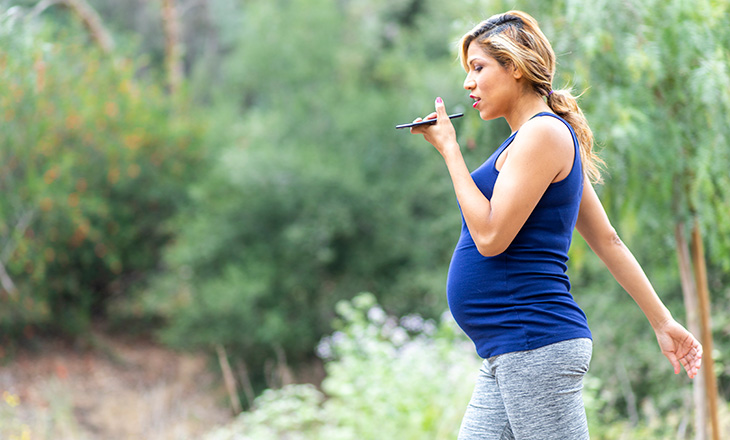
The study will include all people born in California between Jan. 1, 2000, and Dec. 31, 2021 — roughly 11 million births. However, when looking at autism and developmental delays, researchers will only include people over 3 years of age by the end of 2021. Autism diagnosis is typically more reliable after this age.
Researchers will use state birth records, historical air monitor readings and health records from the California Department of Developmental Services.
Pregnant women are stressed about the impact of wildfires, particularly those who are more vulnerable. Justice calls for empowering these women with this information.”—Miriam Nuño, professor, Public Health Sciences
Empowering vulnerable populations
The study aims to identify vulnerable populations where people are exposed not only to wildfire smoke but also to other pollution and pesticides and have less access to health care.
“Even though we are all exposed to wildfire smoke, we all have different risks,” explained Nuño. “If you have can work from home versus having an outdoor job, this is where these differences really manifest.”
The researchers are partnering with the March of Dimes, Empower Yolo and the Knights Landing One Health Center, which provides health care in the rural Central Valley community.
Together, they’ll deliver their findings and strategies for reducing exposure to wildfire smoke to underserved communities. This will include providing the materials and training to help people make Corsi-Rosenthal Air Boxes. This is a low-cost filtration system that’s been shown to be effective at removing particulates from indoor air. Creator Richard L. Corsi, dean of the UC Davis College of Engineering, is a partner on the project.
“This project will advance solutions to challenges lying at the intersection of climate change and environmental justice, both here in California and in communities around the country,” said EPA Pacific Southwest Regional Administrator Martha Guzman. “Advancing scientific research that helps protect public health and the environment is central to EPA’s mission and this project will have lasting results for years to come.”
Environmental justice is a major focus, notes Nuño, who is also the interim associate director of the Center for Healthcare Policy and Research.
“Pregnant women are stressed about the impact of wildfires — especially those who are more vulnerable. Justice calls for empowering these women with this information,” she said.
Other collaborators include:
- Beate Ritz, professor of epidemiology, environmental health and neurology at UCLA
- Irva Hertz-Picciotto, director of the Environmental Health Sciences Center
- Kathryn Conlon, assistant professor in the Department of Public Health Sciences and School of Veterinary Medicine, Department of Medicine and Epidemiology
- Michael Kleeman, professor, Department of Civil and Environmental Engineering
- Sean Raffuse, associate director of software and data, UC Davis Air Quality Research Center
- Deborah Bennett, professor, Department of Public Health Sciences
- Natalia Deeb-Sossa, professor, Chicana/o Studies
Related resources

